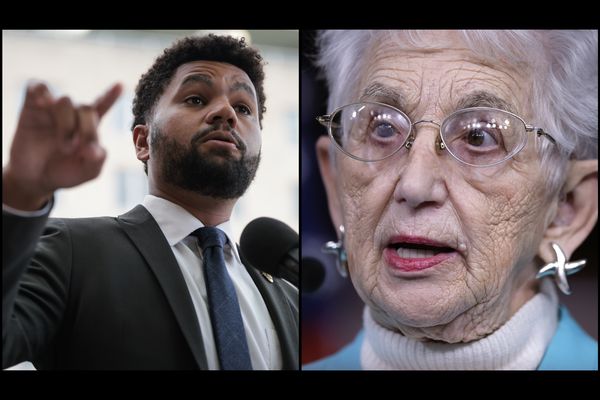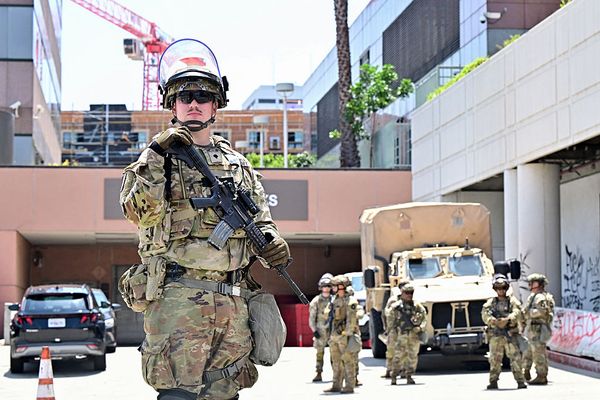
Temperatures for Donald Trump’s inauguration day are expected to be the lowest since Ronald Reagan’s second inauguration. Washington D.C. is facing a cold spell, with temperatures struggling to rise above freezing this week.
Concerned about the safety of attendees, Trump has expressed that he does not want to see anyone hurt or injured due to the extreme weather conditions. As a result, he has decided to move the Inauguration Address, along with prayers and other speeches, to the United States Capitol Rotunda. This decision mirrors the move made by Ronald Reagan in 1985, also due to very cold weather.
To accommodate the change in venue, Capitol One Arena, located near the National Mall where the ceremony would typically take place, will be opened for the public to view the inauguration. Trump has mentioned that he plans to visit the arena after his swearing-in.



The shift to a smaller indoor space within the US Capitol means that Trump will not have the large crowd he might have expected on the Mall. This change could also lead to a scramble among dignitaries and lawmakers vying for a close-up view of Trump’s swearing-in.
Historically, concerns about Inauguration Day weather have been significant. President William Henry Harrison famously caught a cold during his 1841 inaugural ceremony, where he delivered a lengthy speech without wearing a coat or hat. Tragically, Harrison later developed pneumonia and passed away just one month after taking office.







